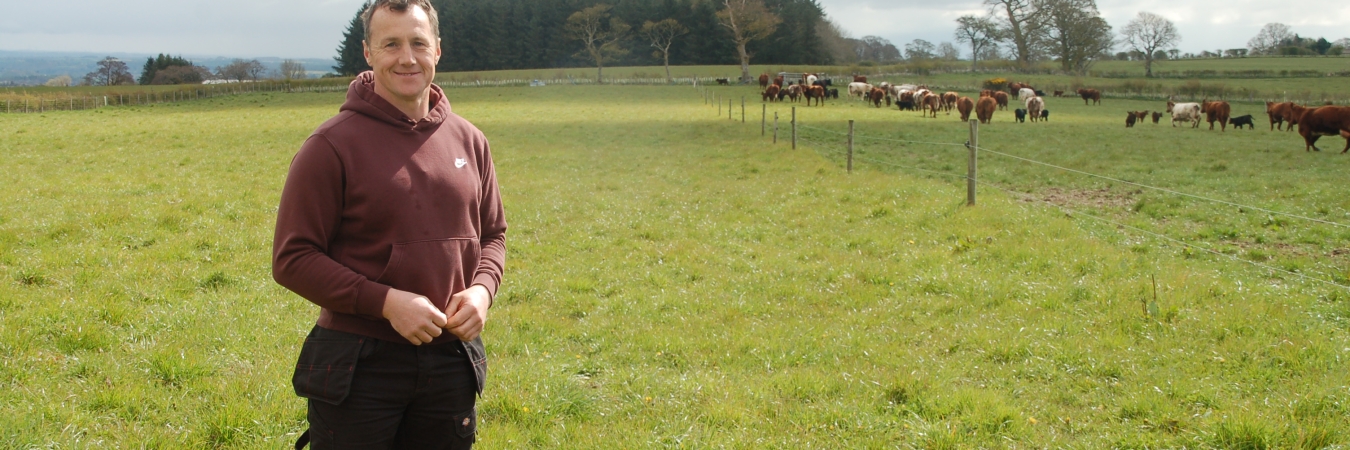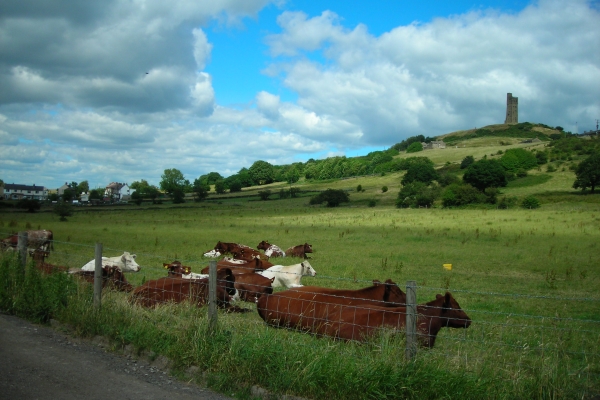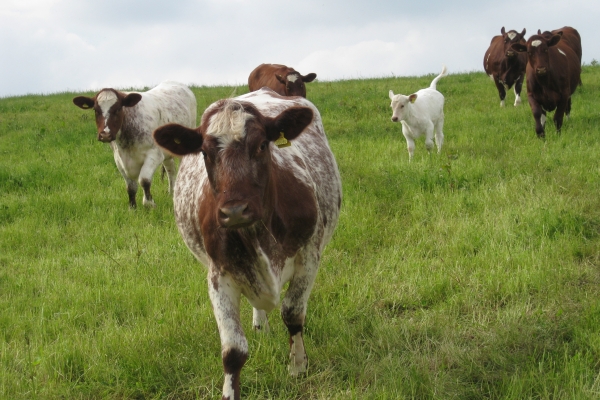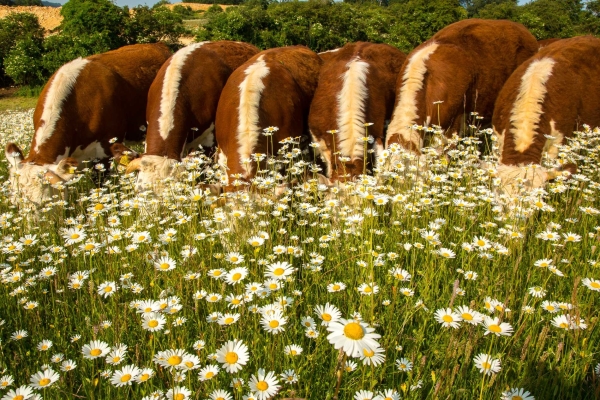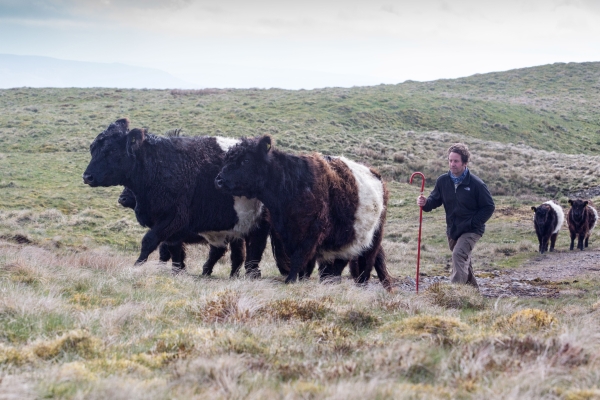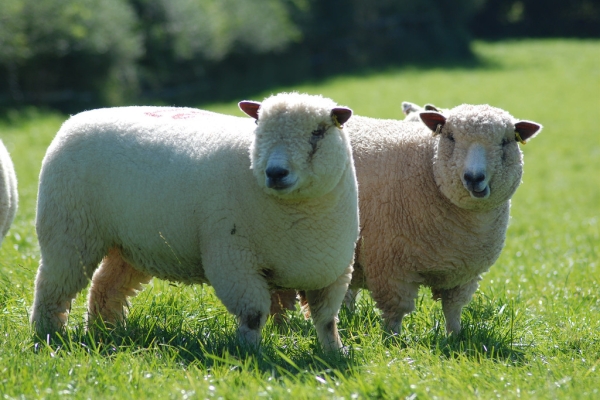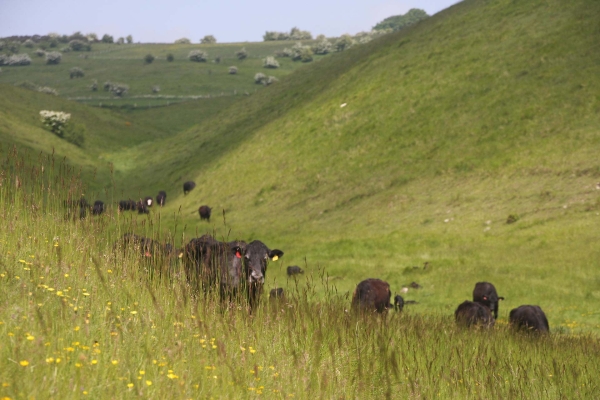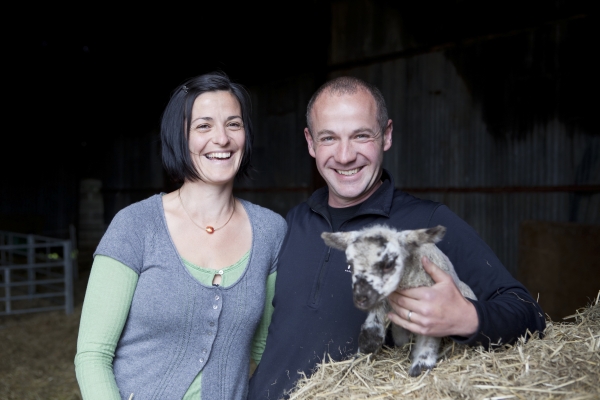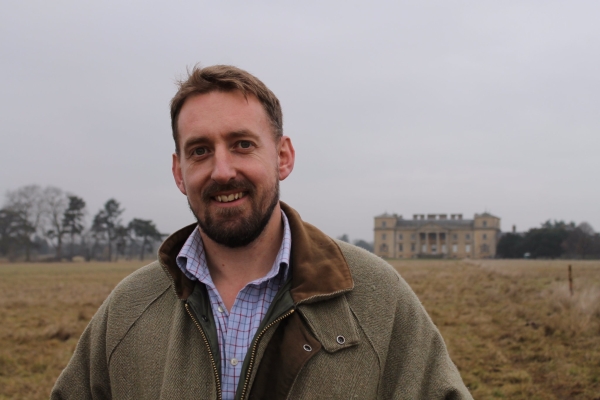Simon Hare
Trees House Farm and Dent House Farm, Brignall, Co. Durham
I farm with my father John and uncle at Trees House Farm and Dent House Farm, Brignall (which adjoin each other), near Barnard Castle in Co. Durham. I’ve grown up here and have been farming all my life. We are organic and Pasture Fed Livestock Association (PFLA) certified. There is a beef suckler herd of about 100 beef shorthorn and 160 breeding sheep (mule ewes put to Texel tup). All cattle are finished on the farm with a 100% grass-based diet, grazing currently from mid-march to the end of November and silage in the winter months. We are working to extend the grazing outside.
About one third of the finished cattle are sold through Cross Lanes organic farm shop (our land joins Cross Lanes – see below) with the remainder sold to Dawn Meats via their organic scheme.
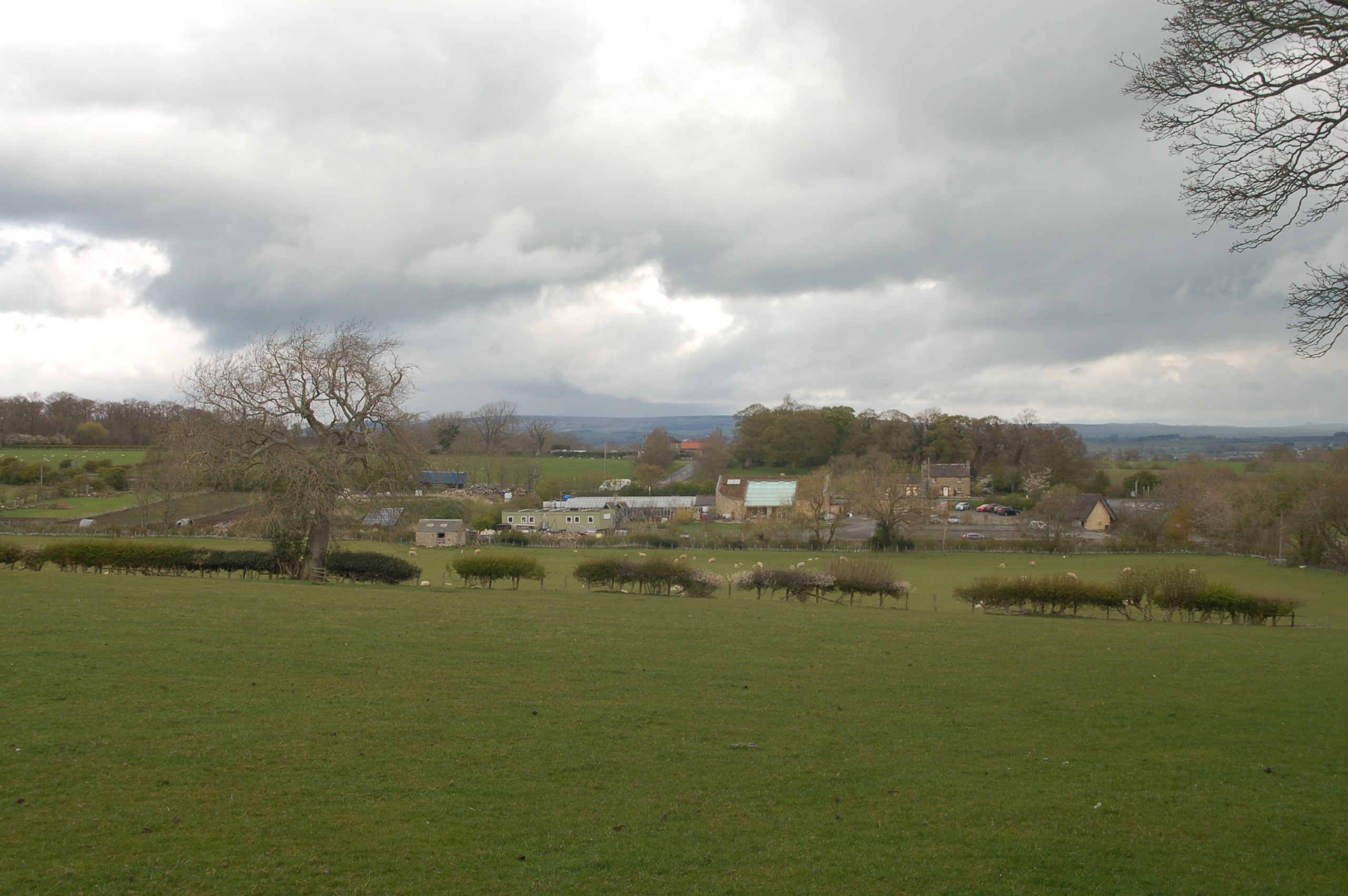
We used to be a dairy farm with a herd of 120 holstein / Friesian cows. I have always been interested in the quality and healthiness of the food that I eat and became aware of grass-fed beef and its benefits around 2008 – seeing that with a more intensive food system / grain, you lose a lot of the health benefits. Grass fed and not buying feed in was a simple system that made economic sense.
In 2010 we started farming organically and around this time I bought some Beef Shorthorn heifers to start producing my own grass-fed beef. When we went organic I decided to put everything into grass so I could keep similar stock numbers. I wanted a breed which could be easily managed and could finish off just a grass diet – which many of our native breeds can do. Over the years I slowly built up the suckler herd and reduced the milking herd until about 2016 when I stopped milking.
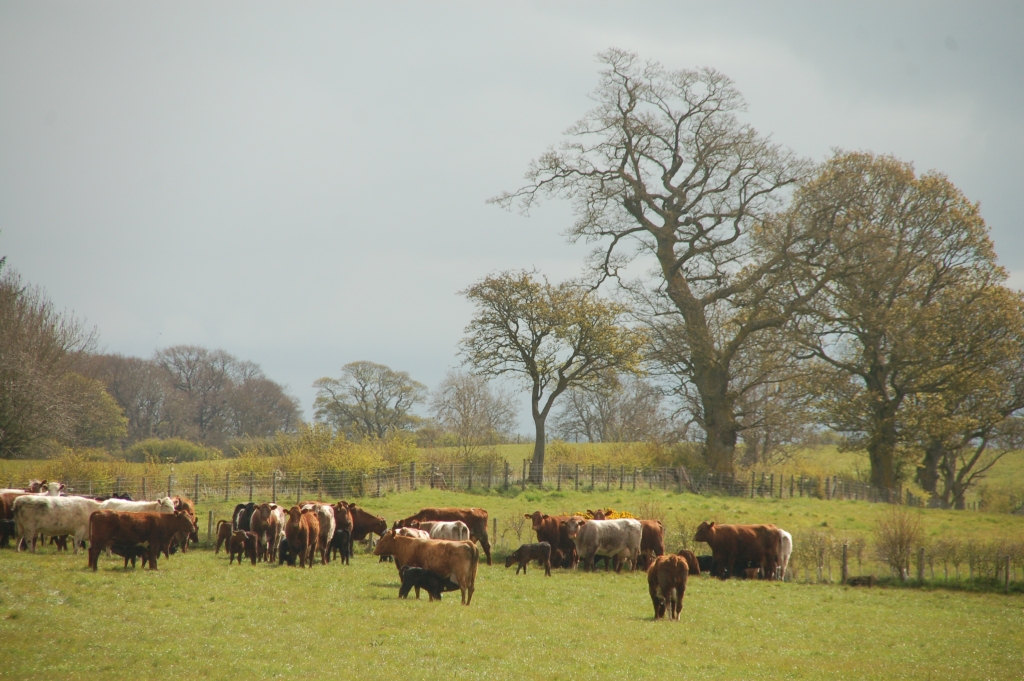

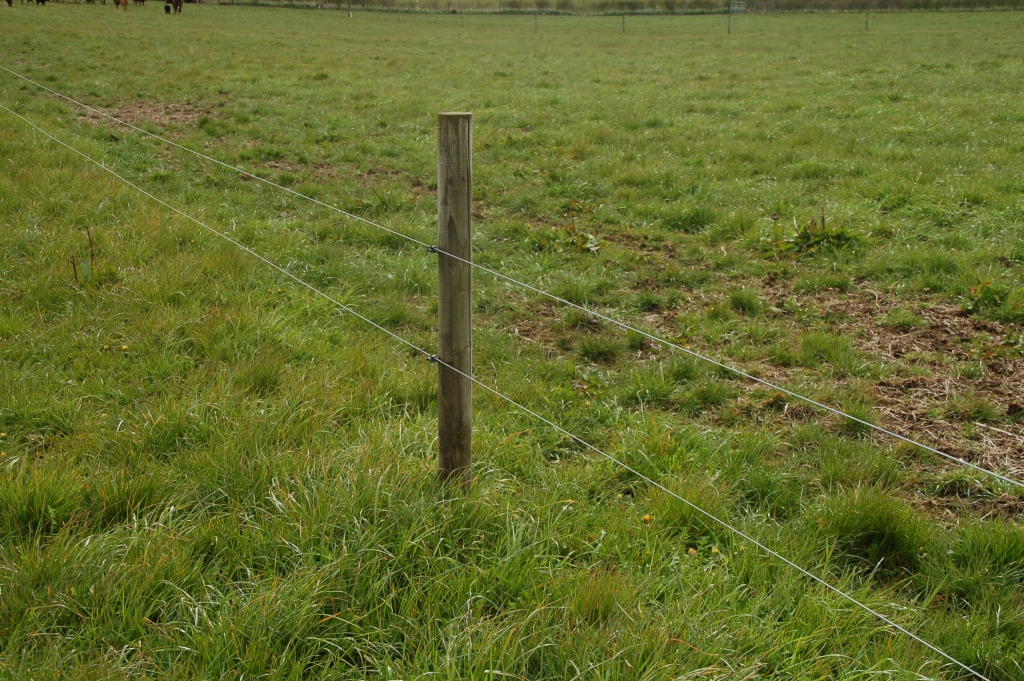
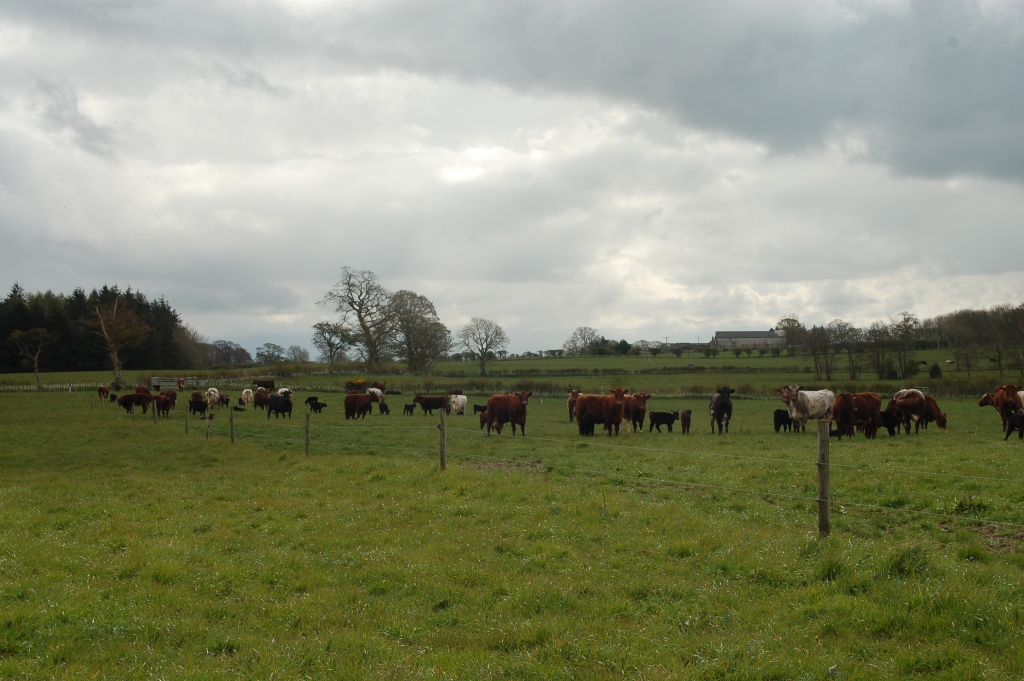
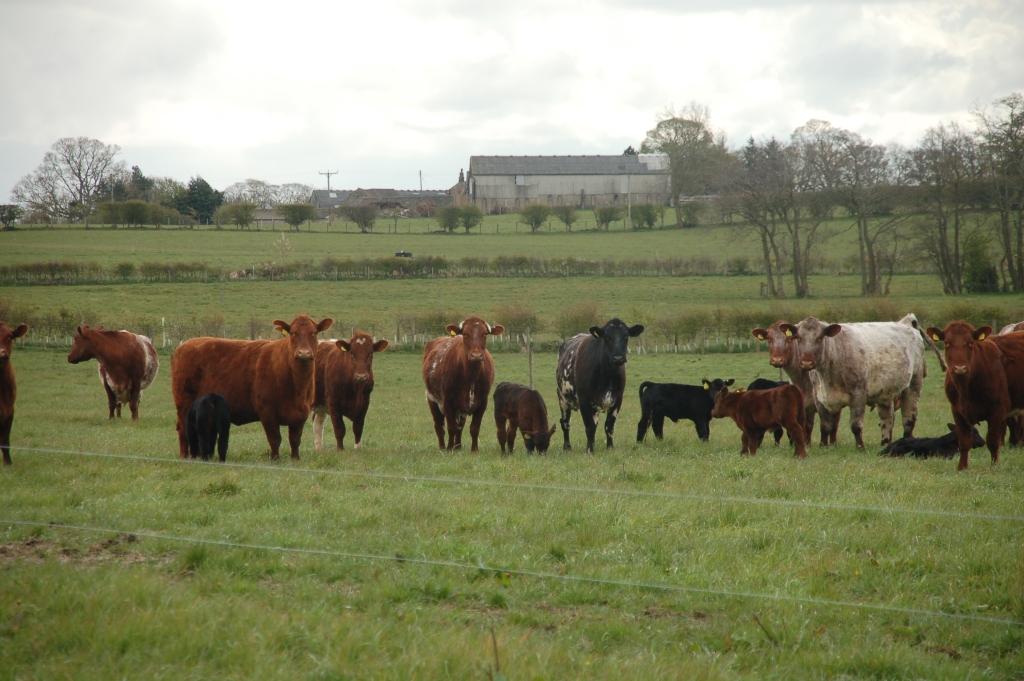

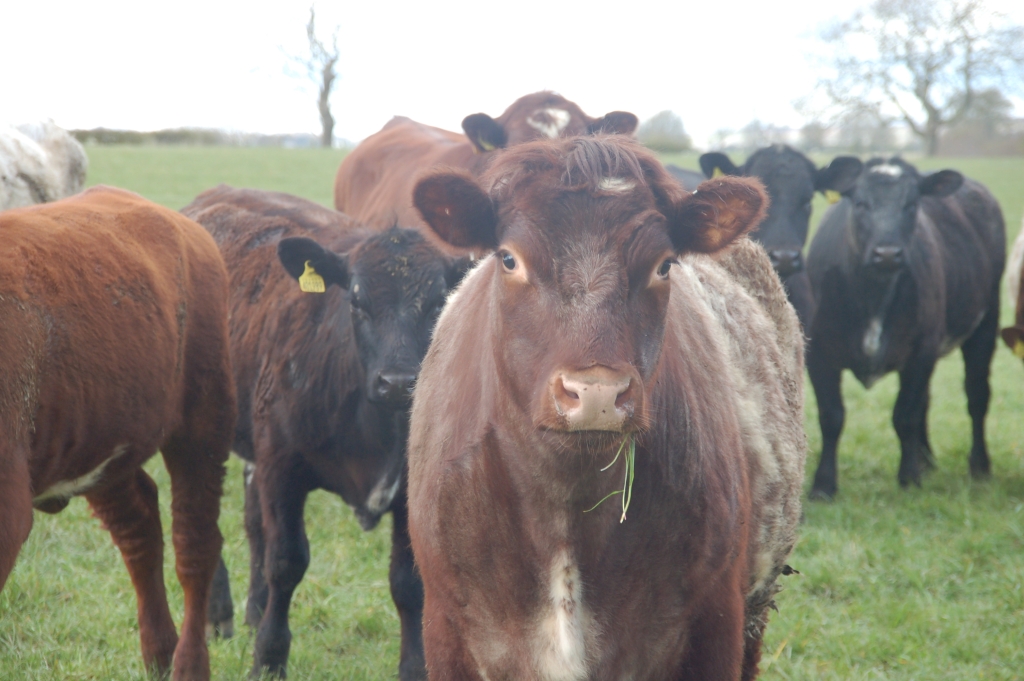

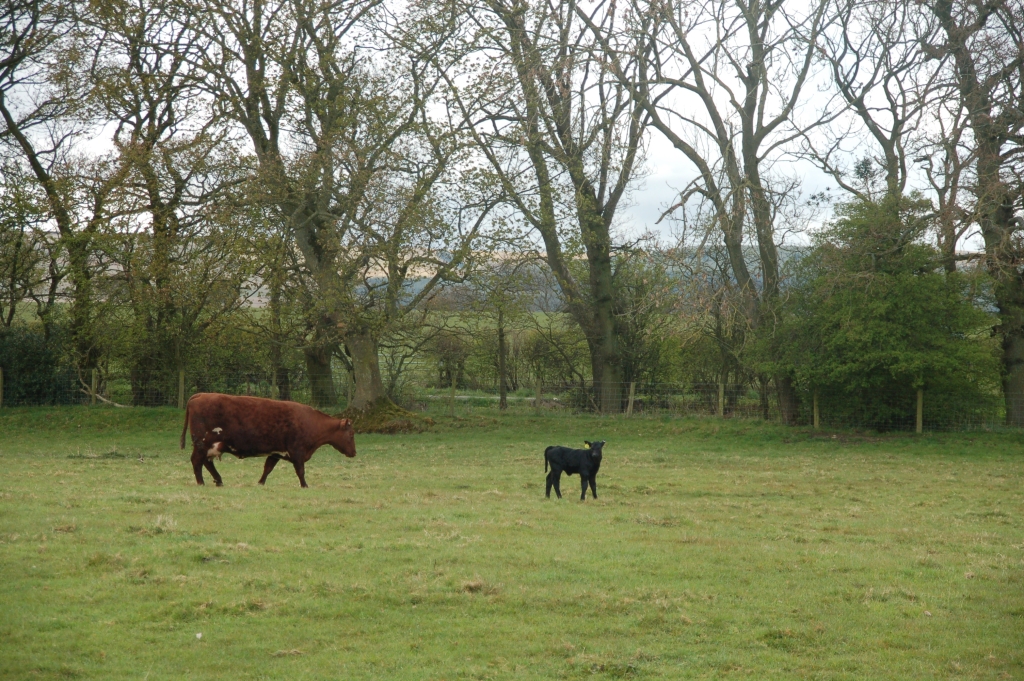

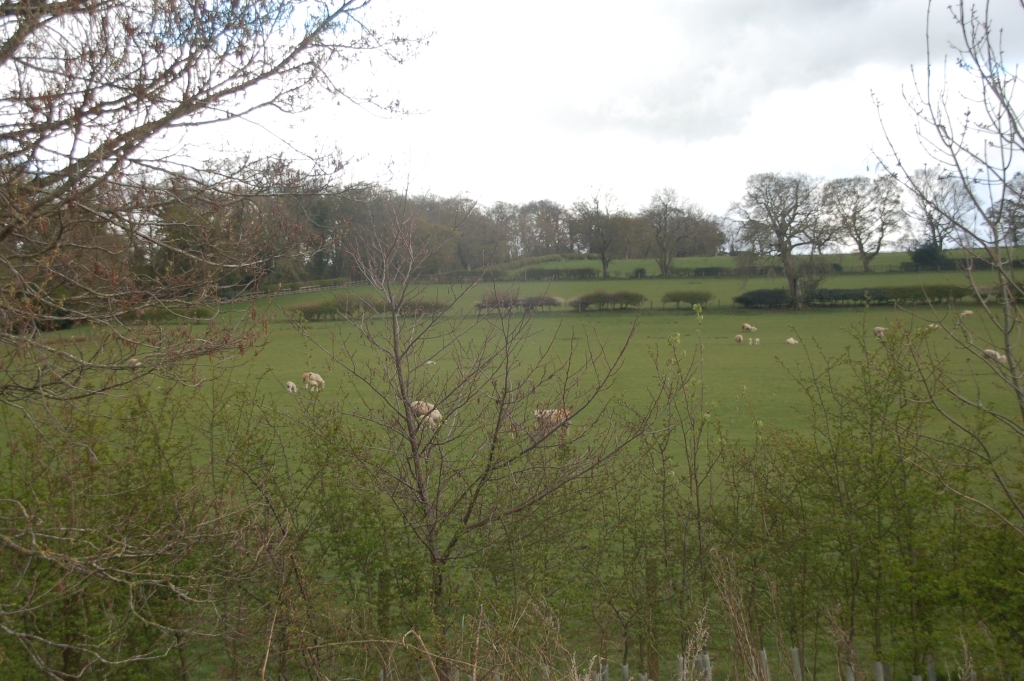

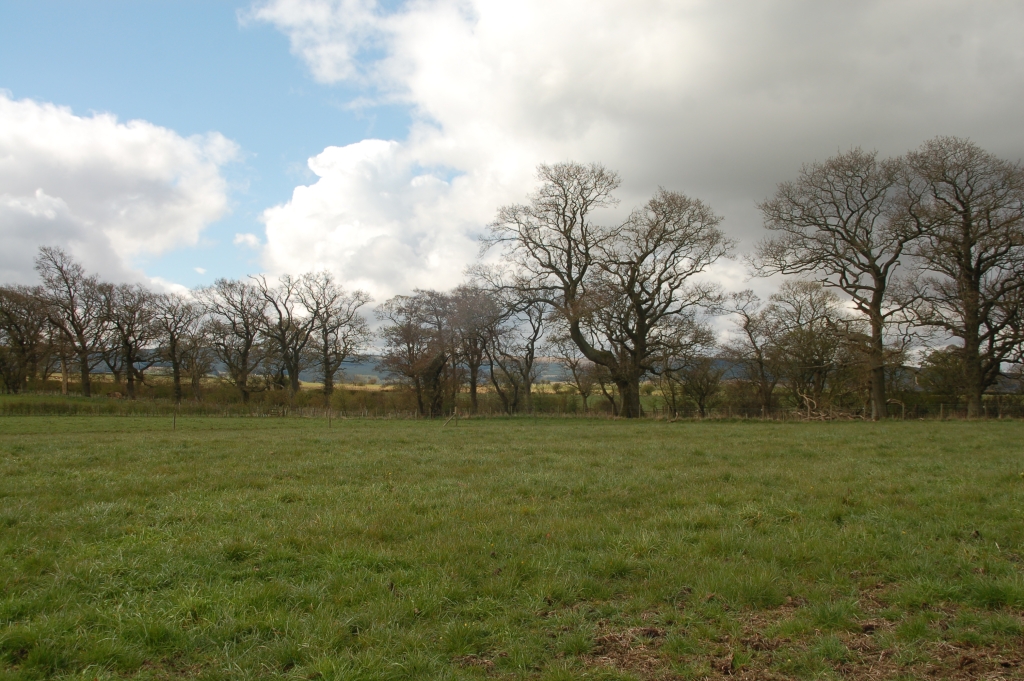

Sustainability in practice
Holistic planned grazing and diverse swards
Going organic accelerated my learning and opened up new channels of knowledge and thinking as, from the start, I was trying to keep grass production levels up without using artificial fertiliser. Now, people are impressed with the amount of grass we manage to grow organically!
There were a few different things I tried without any real success, I then started learning about grazing the grass longer allowing it to fully recover and using holistic planned grazing. This made sense as it would help make the land more drought resilient by reducing evaporation from the soil and keeping soil temperature cooler, and if it became very wet the longer grass sward would help reduce poaching by providing a mat / cushion for the cow’s feet. The soil would also have a better structure allowing it to soak any rainwater up instead of the rain just running off the land if it was exposed and dry and hard.
Grass is the cheapest and easiest feed we can grow in our environment and it is also the cattle’s natural feed – we are trying to maximise on that. Giving the grass time to fully recover after a grazing allows other species in the sward to grow back and recover. With continuous grazing / set stocking, certain species can be grazed out. Having a more diverse sward makes it more resilient. With a mixture of grasses and forbs (such as chicory, plantain and clover) there is a better balance of nutrition and minerals, with some plants having a greater rooting depth to draw up minerals from further down in the soil. We’ve lost a lot of the traditional grasses over time so are trying to get them back in now. When we last reseeded, we planted forbs such as chicory because of its deep rooting properties and to contribute to a more diverse diet for the cattle.
When grazing the aim is to not let cattle eat the regrowth – in fast growing times it can be less than 2 days that you starting see the new growth. We usually move the cattle once a day because this increases rest time for the grass, for example if a field has enough grass to last 7 days and you split it into 7 paddocks, when they have got to the end of that field, the first grazing they had in there will already have had 6 days rest to grow. When I started rotational grazing, I didn’t set out to move cattle as often but it naturally gravitated this way. The cows always have fresh grass in front of them and because it is concentrated in one area, they eat it off more evenly.

I use electric fencing (polywire) to split the fields up, the cattle just need a single strand. It was taking a long time each day to set it up, but I found the cattle started moving very quickly themselves to the next grazing. I had 5 groups I was moving each day; 3 groups of cows and calves and 2 yearling/fattening groups. I reduced the number of groups down to 2; cows and calves with bulling heifers in one group, and yearlings and fattening cattle in the second group. Having just 2 groups has saved a lot of time and made planning the grazing much easier.
When we had dairy cows we regularly reseeded the fields with a ryegrass mix because it worked for our system then – for the first 2 or 3 years after reseeding, when the cows grazed those fields the volumes of milk always went up. Now I don’t like the ryegrass swards, they don’t seem to suit our organic system – they go to seed too easily, have a thin wiry stem and the rooting system doesn’t seem as good. I’m trying to get more cocksfoot and timothy in, along with other traditional grasses. Last year we put some cocksfoot seed on the mole hills, so will see if that comes through this year – I like cocksfoot because it’s the first to grow in spring and is good in drought. There are some native grasses creeping in from the hedge banks.
The pasture growth in some fields is not growing back as quickly as I would like, I maybe need to increase rest intervals more. In one field where there is a rye grass mix, a narrow strip had been fenced off for game crops for the last 9 years – the fence has effectively been put in the middle of the field. Along the fence line on the game crop side where the soil has not been worked and nothing grazed, quite a bit of cocksfoot has grown up. I would like to achieve this in the rest of the field! The last 4 years it has been mob grazed with the longest rest being about 60 days, how long a rest period do I need to get the traditional grasses coming back which potentially seem to be there? I obviously can’t do 9 years, might 90 days get me there…
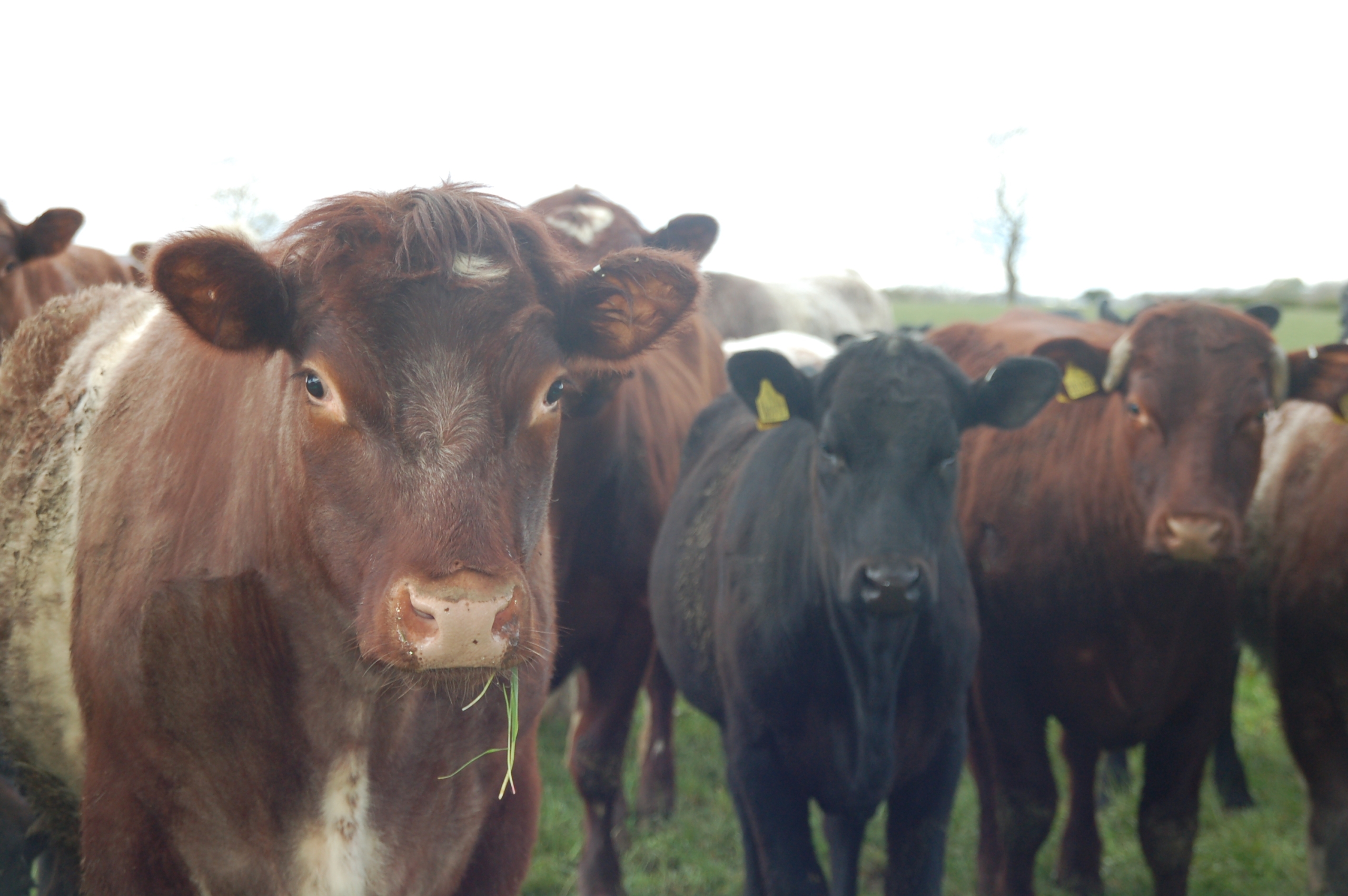
A much more traditional and diverse mix of grasses that has been fully rested from grazing and its nutrients replenished gives a healthier diet for the cows and I believe also gives the meat a better flavour, with the nutrients in the grass being passed onto the meat and making it more nutritious. The cattle seem happier and healthier overall when the grass has been fully rested and they are in their big groups together.
I’m trying to reduce the amount of worming we do. It can have a big impact with mob grazing – with resting the fields and going on to ‘cleaner’ fields. Some farmers are managing to get away without having to worm – I’d like to get to that point.
Motivations
Before going organic, we used to have some arable crops which were used to feed the dairy cows. All the chemical sprays that my father used for the corn and weeds in the grassland never sat right with me; here was something that was being applied to the food we ate, or the food of the animals that we ate, and you had to take so many precautions when using them as well; protective overalls, gloves, face shield etc. It wasn’t something I fancied doing when I took over. I also didn’t want to buy in wagon loads of feed and fertiliser and be subjected to the price increases. I wanted to produce our own food in grass (the cheapest feed) and be more in control and self-sufficient.
My main driver is to grow as much nutritious grass as possible for the cattle. I learnt about Allan Savory and his approach of regenerating grassland through holistic management (a decision-making framework involving moving livestock in a way that mimics nature to allow enough time for land and plants to fully recover before re-grazing). Holistic grazing seemed a good system to help plan and set up grazing, monitoring the rest periods needed. The rest period is one of the most important things to plan in.
Ideally I would like to have the cattle out all year round. To do this I need a more diverse sward with a thick tall mass of grass and a lot more shelter. This year I have planted some rows of willow in one field so it will be interesting to see how this develops (I’m also interested in the potential anthelmintic properties of willow and plan to let the cattle graze it as well as coppice to make woodchip).
I want to work with nature more – I’m only one small person but I can make a small difference in terms of the way I farm – working with the environment and potentially helping to sequester carbon into the soil.
When I buy things I’d rather buy something that’s local and British so I’m conscious of what we’re doing in relation to our carbon footprint and food miles. The most significant impact on our carbon footprint is probably the diesel and tractors we use for activities like hay and silage making, so we are looking to reduce that as much as we can and it will have big cost benefits as well.

Farmer tips
- Fencing – buy an electric fence – start off halving a field, graze one half, leave it to rest and recover, then you start to see how it works. You can then gradually go smaller…
- After it has been grazed, it’s important to let the pasture recover again to replenish its nutrients. If you go in and graze it too soon, you weaken the plants more and they take longer to recover.
- Consider where your water supply will come from – it will affect how to plan the grazing, particularly in hotter weather!
All photos taken by Janie Caldbeck. All Rights Reserved
